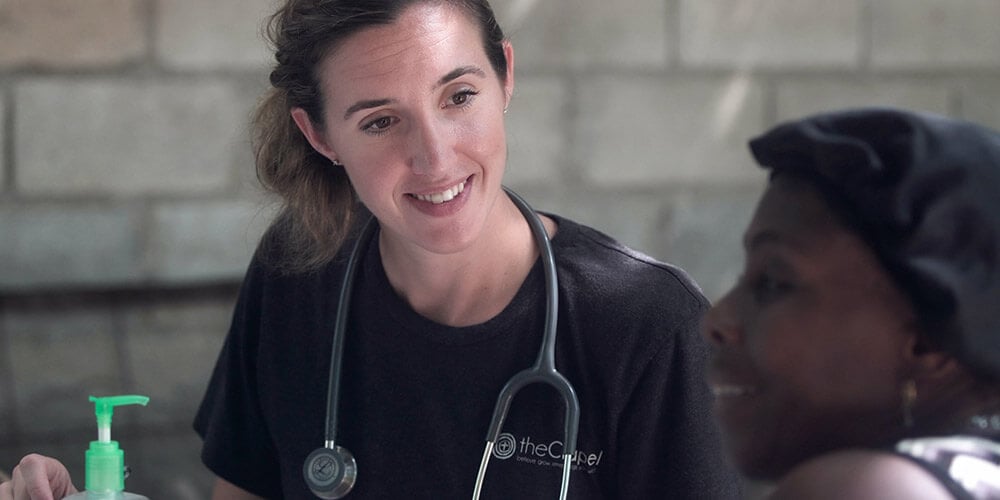
Home health and other post-acute care providers play an important role in the success of VBP. Care costs include post-discharge or long-term care.
What's Happening in VBP in Homecare
In 2016, the Home Health Value-Based Purchasing (HHVBP) model was implemented in all Medicare-certified home health agencies in nine randomly selected states, including Arizona, Florida, Iowa, Maryland, Massachusetts, Nebraska, North Carolina, Tennessee, and Washington. The home health organizations competed on value, and payment was tied to quality performance. In 2022, the Expanded HHVBP Model was implemented and applied to the remaining states, the District of Columbia, and U.S. territories.
Goals of Homecare VBP
The initial rollout of home health VBP tested payment adjustments based on the quality of care services rather than just quantity. The model also considered whether large incentives for improved quality could lead to better outcomes. Maximum payment adjustments (upward or downward) started at 3% and increased to 7% in 2021.
The goals of the HHVBP Model initiated in 2016 for nine pilot states were as follows:
- Provide incentives for better quality care with greater efficiency
- Study new potential quality and efficiency measures for appropriateness in the home health setting
- Enhance the current public reporting process
VBP Metrics
Quality measures reported for home health typically include outcome measures, process measures, and patient reported outcome measures.
Outcome-Based Metrics
Outcome measures evaluate results experienced by the agency’s patients. Information comes from OASIS data submitted by home health agencies and data submitted in Medicare claims. These metrics include an assessment of patient improvements, potentially avoidable events, utilization of care, and cost/resource.
Examples include:
- Improvements in dyspnea
- Discharges to community
- Improvements in management of oral medications
- Changes in self-care and mobility
Process-Based Metrics
Process measures assess the rate at which an agency uses evidence-based processes of home health care. Data is collected from OASIS submissions by the agency.
Examples include:
- Promptness of patient admissions
- Drug education on provided medications
- Patients with discharge care plans
Patient-Based Metrics
Patient outcomes are measure based on the care of patients, provider-patient communications, specific care issues, overall rating of care, and patient willingness to recommend agency to others. Data is derived from patient survey results, processed claims, and OASIS assessment.
Examples include:
- Hospitalizations during the first 60 days of home health care
- Emergency department uses during the first 60 days of home health care
- Home health care patient survey results
Impact of VBP on Homecare
The original HHVBP Model showed positive results in home care. According to the Home Health Value-Based Purchasing (HHVBP) Model Fourth Annual Report published May 2021, there were significant improvements in Medicare spending, healthcare utilization, quality and patient experience, and agency operations. The report was based on 1,931 home health agencies in operation, 1,373,277 home health episodes provided, and 801,137 Medicare FFS beneficiaries covered.
Summary of key report findings for the first four performance years (2016-2019):
Medicare Spending
1.3% ($604.8 million) total reduction in Medicare spending due to:
- Inpatient services: 2.4% ($381.4 million) decline in average daily spending
- Skilled nursing facility services: 4.2% ($164.9 million) decline in average daily spending
Healthcare Utilization
- 1% decline in average unplanned hospitalization rates
- 9% average decline in average skilled nursing facility use
Quality and Patient Experience
- 51% average quality of care and functional outcomes rates
Agency Operations
- 4.6% average performance improvement
It’s important to note that home care agencies indicated that they used data analytics and employee training to improve performance and care delivery.
Sources:
- https://www.cms.gov/research-statistics-data-and-systems/statistics-trends-and-reports/nationalhealthexpenddata/nhe-fact-sheet
- https://www.congress.gov/bill/111th-congress/house-bill/3590
- https://www.acponline.org/system/files/documents/running_practice/delivery_and_payment_models/pcmh/understanding/guidelines_pcmh.pdf
- https://www.congress.gov/bill/98th-congress/house-bill/1900
- https://medicalhomeinfo.aap.org/overview/Pages/Whatisthemedicalhome.aspx
- https://cdn.who.int/media/docs/default-source/documents/almaata-declaration-en.pdf?sfvrsn=7b3c2167_2
- https://www.gnyha.org/wp-content/uploads/2018/02/VBP_Guide_digital.pdf
- https://www.cms.gov/Medicare/Quality-Initiatives-Patient-Assessment-Instruments/HomeHealthQualityInits/Home-Health-Quality-Measures
- https://innovation.cms.gov/innovation-models/home-health-value-based-purchasing-model
- https://innovation.cms.gov/data-and-reports/2021/hhvbp-fourthann-rpt
- https://innovation.cms.gov/data-and-reports/2021/hhvbp-fourthann-rpt-fg
- https://www.cms.gov/Medicare/Quality-Initiatives-Patient-Assessment-Instruments/Value-Based-Programs/Other-VBPs/HHVBP
- https://www.federalregister.gov/documents/2015/11/05/2015-27931/medicare-and-medicaid-programs-cy-2016-home-health-prospective-payment-system-rate-update-home
- https://www.pcpcc.org/sites/default/files/resources/%7Ba7b8bcb8-0b4c-4c46-b453-2fc58cefb9ba%7D_Change_Healthcare_Value-Based_Care_in_America_State-by-State_Report.pdf
